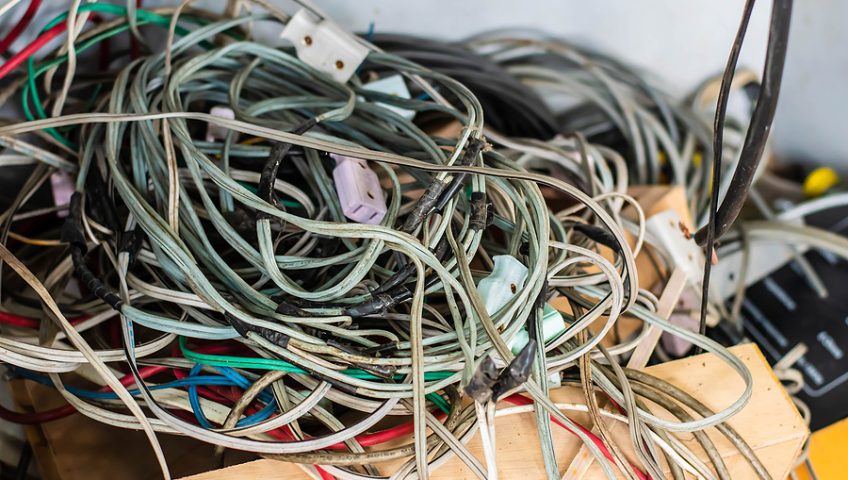
Global E-waste Is Up 21 Per Cent Since 2014
In 2019, a record 53.6 million tonnes of electronic waste was generated worldwide, which according to the United Nation’s Global E-Waste Monitor 2020 is up by 21 per cent in the last five years.
The report predicts that global e-waste – that is discarded products with a battery or plug – will reach 74 million tonnes by 2030, which is almost double the amount in just 16 years. This means e-waste is the world’s fastest-growing domestic waste stream, with the UK being the second biggest producer per capita in the world, according to Let’s Recycle.
The rate of growth of e-waste has been fuelled by high consumption rates of electric and electronic equipment, shorter life cycles, and fewer options for repair.
Only 17.4 per cent of 2019’s e-waste was collected and recycled, meaning that the gold, silver, copper, platinum and other high-value recoverable materials (valued at an estimated US $57 billion) have been dumped or burned rather than collected for reuse.
E-waste is also a health and environmental hazard, as it contains toxic substances such as mercury, which can cause brain damage, and harm the endocrine system.
The Global E-waste Monitor 2020 report also found:
- E-waste management can help mitigate global warming. An estimated 98 million tonnes of CO2-equivalents were released in 2019 from discarded fridges and freezers.
- Per capita, 2019’s e-waste averaged 7.3 kg for every adult and child on Earth.
- Europe ranked first worldwide in terms of e-waste generation per capita with 16.2 kg per capita.
- An estimated 50 tonnes of mercury are contained in undocumented flows of e-waste annually.
- Since 2014, the number of countries that have adopted a national e-waste policy, legislation or regulation in place has increased from 61 to 78.
If you need an eco-friendly domestic waste clearance service in London, get in touch!
